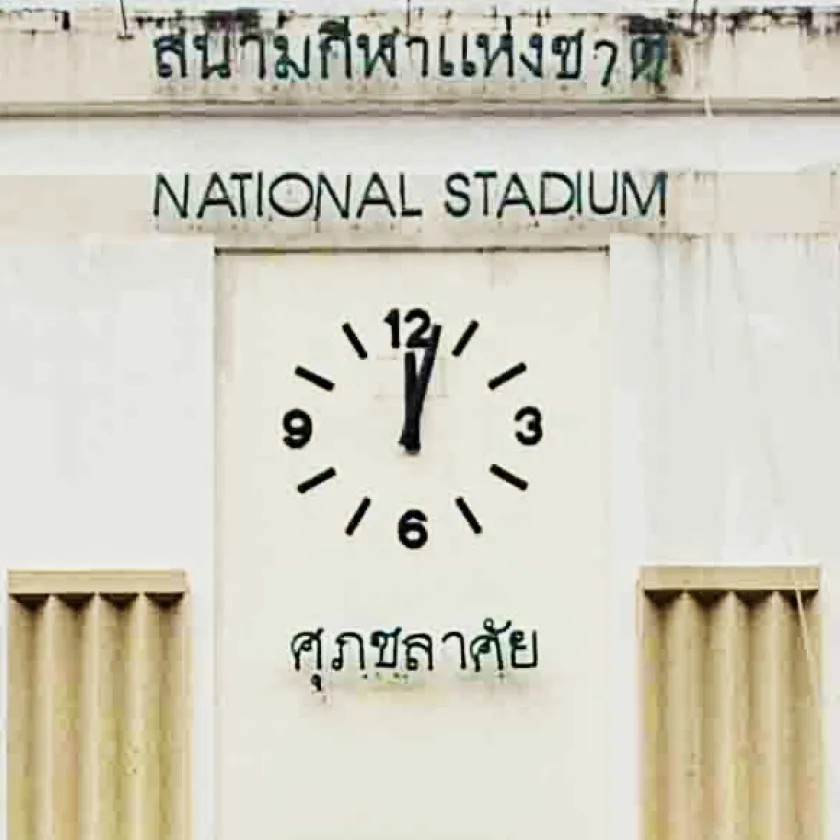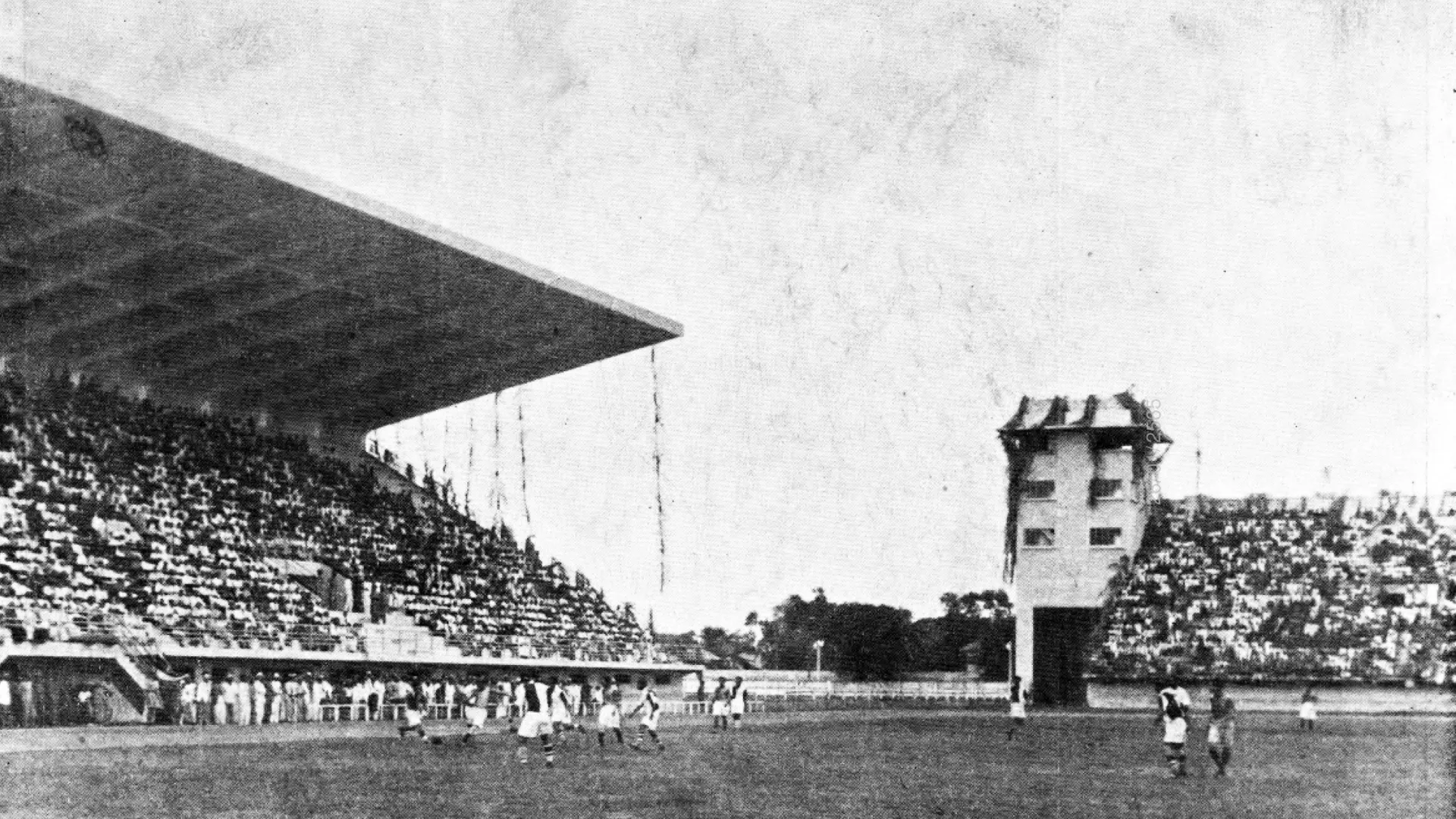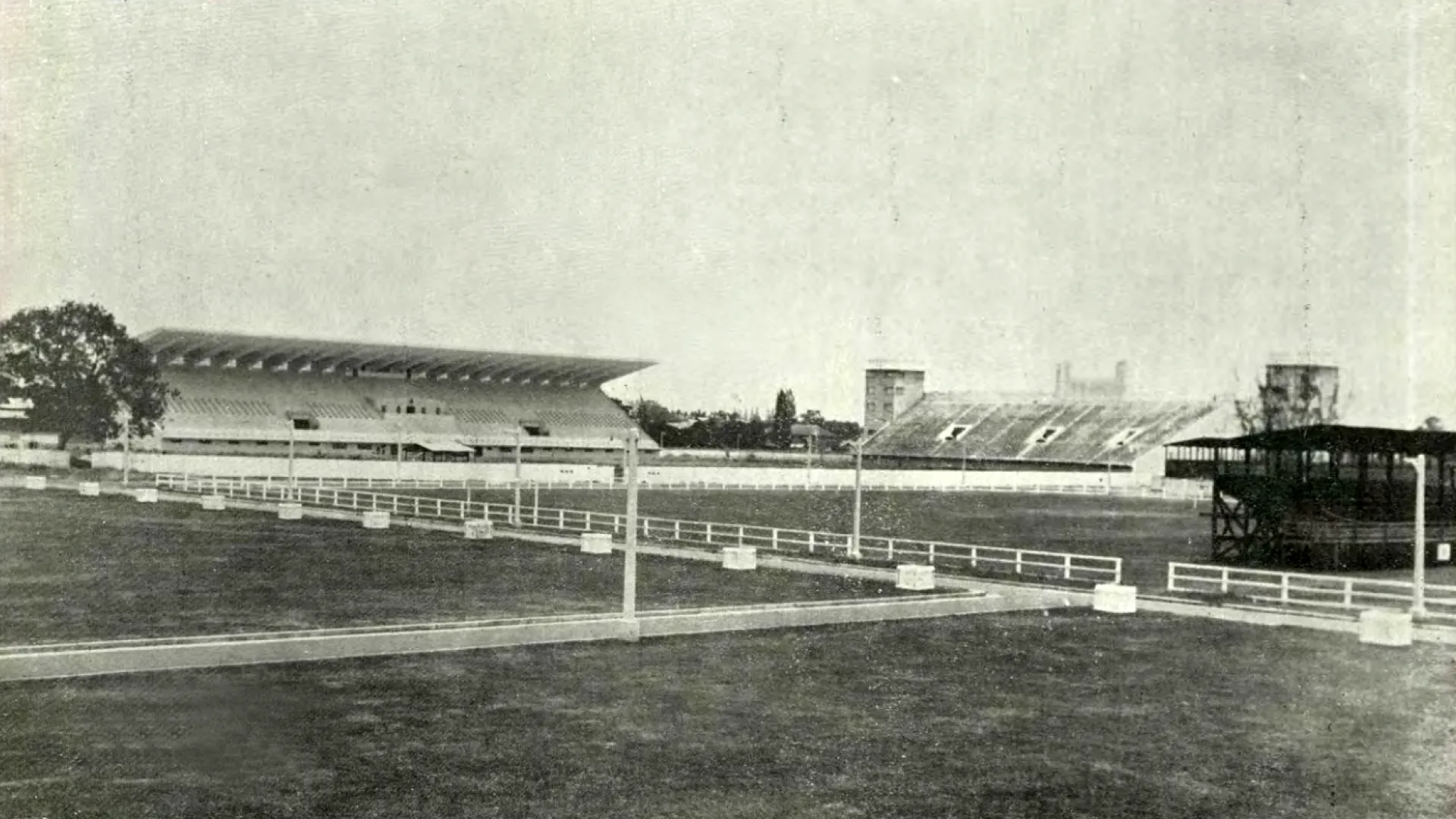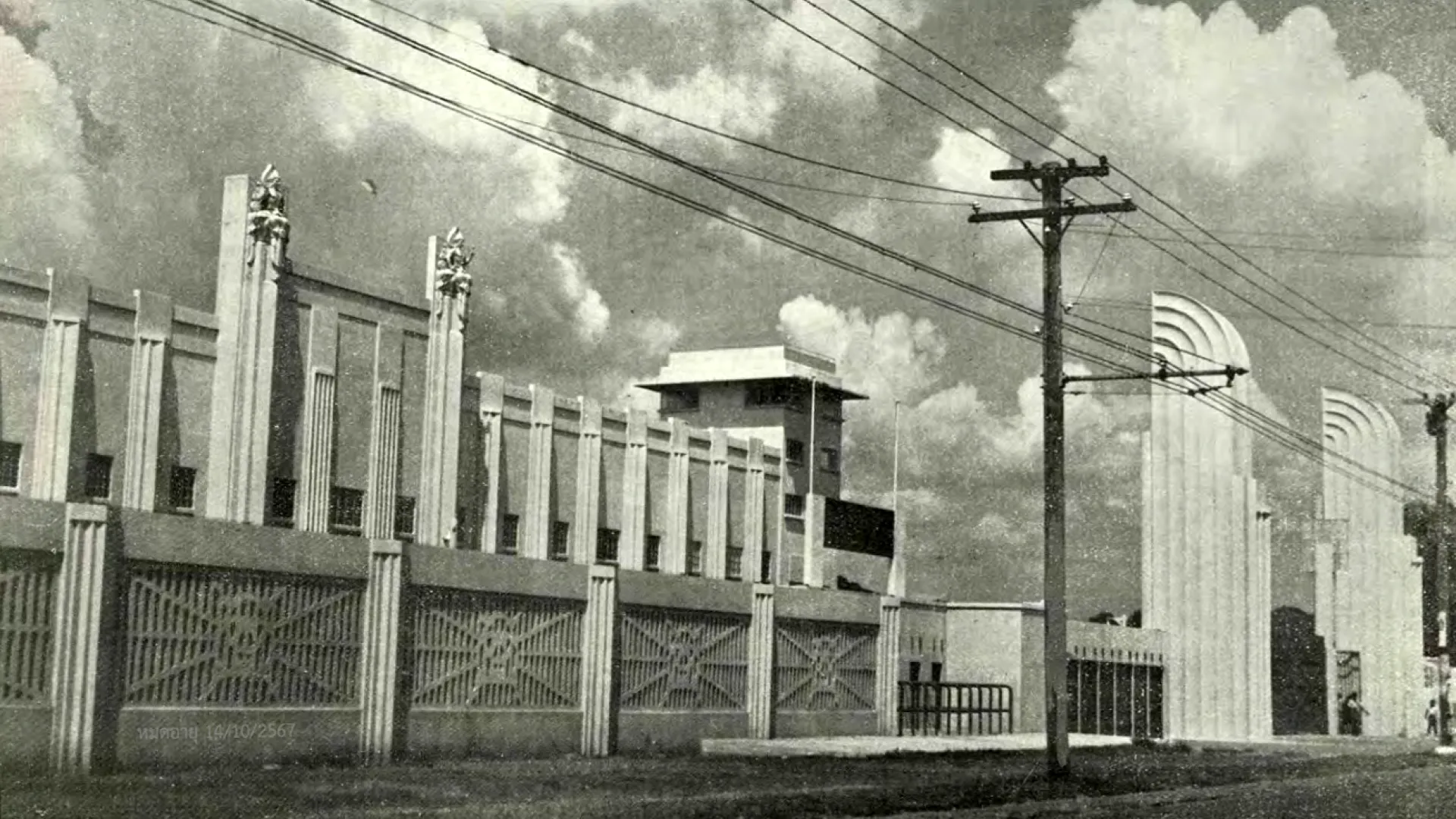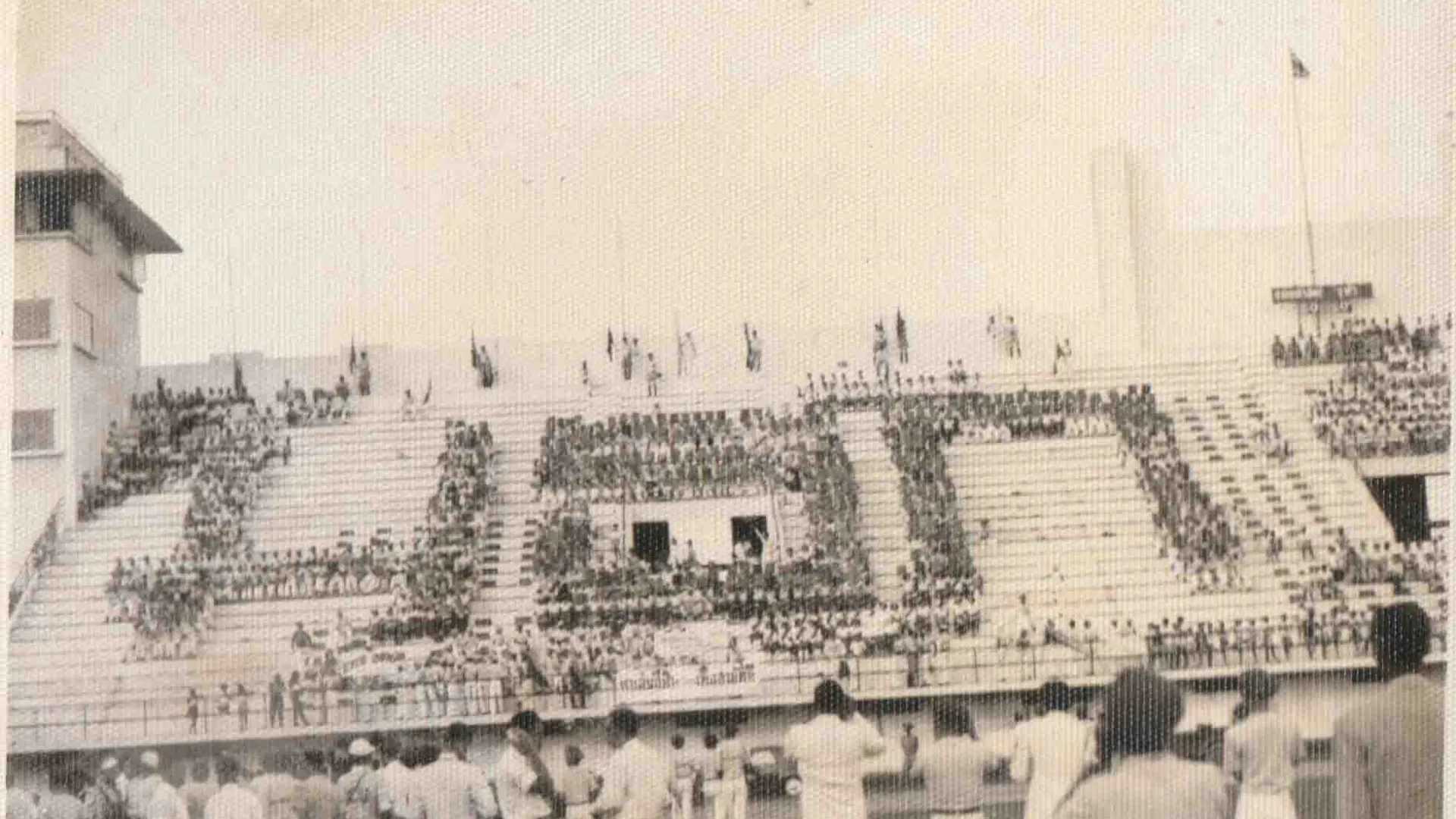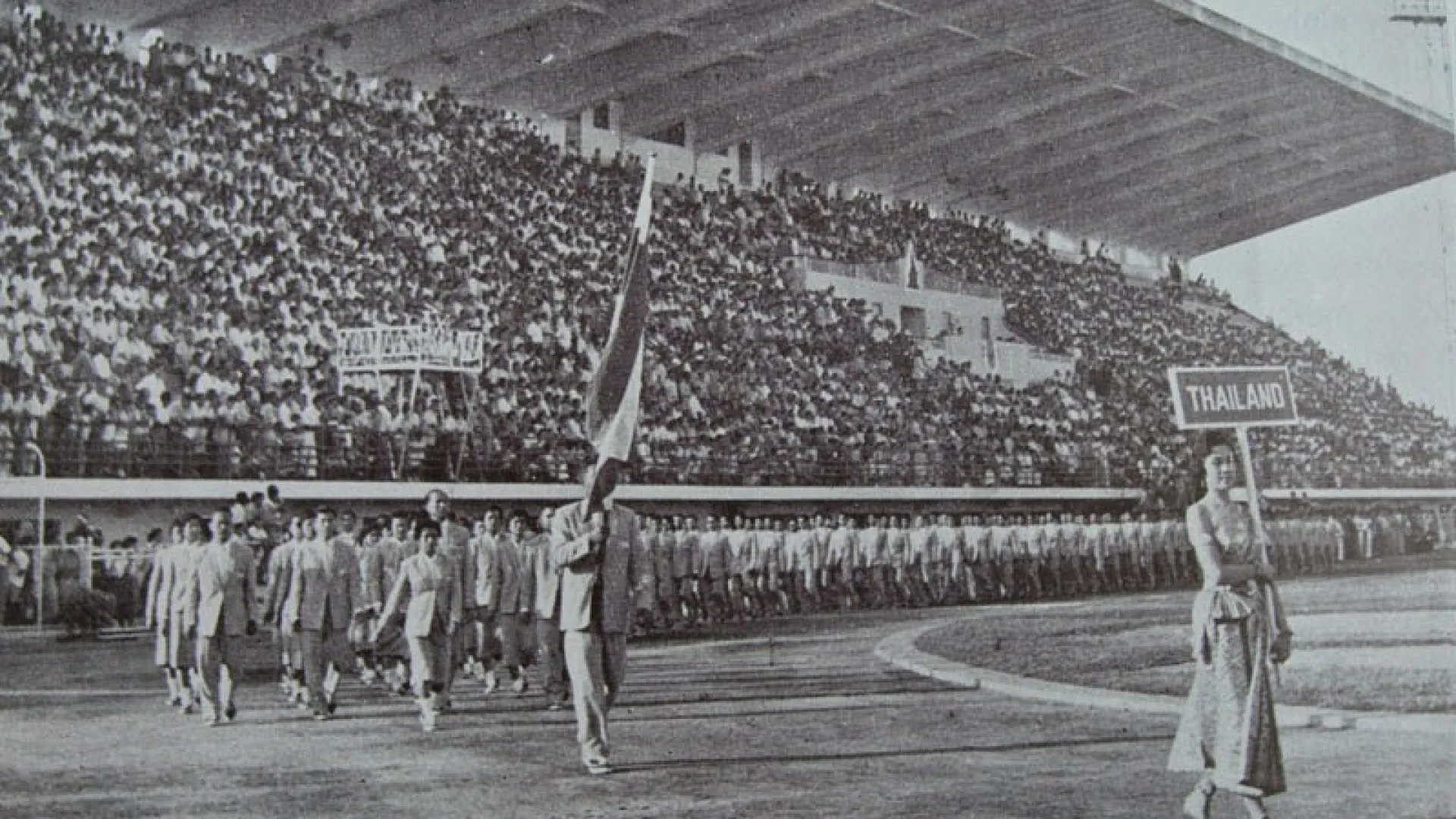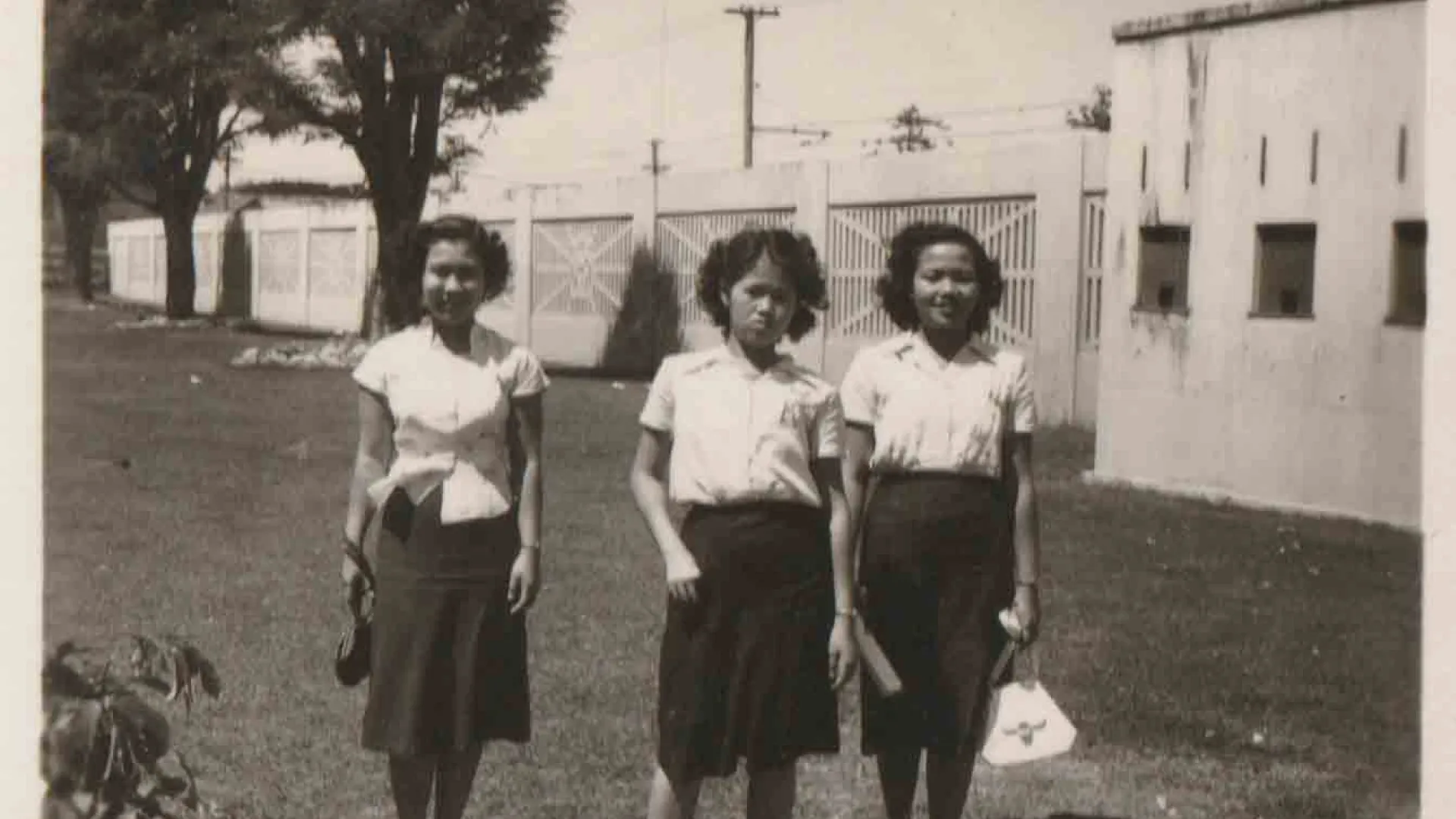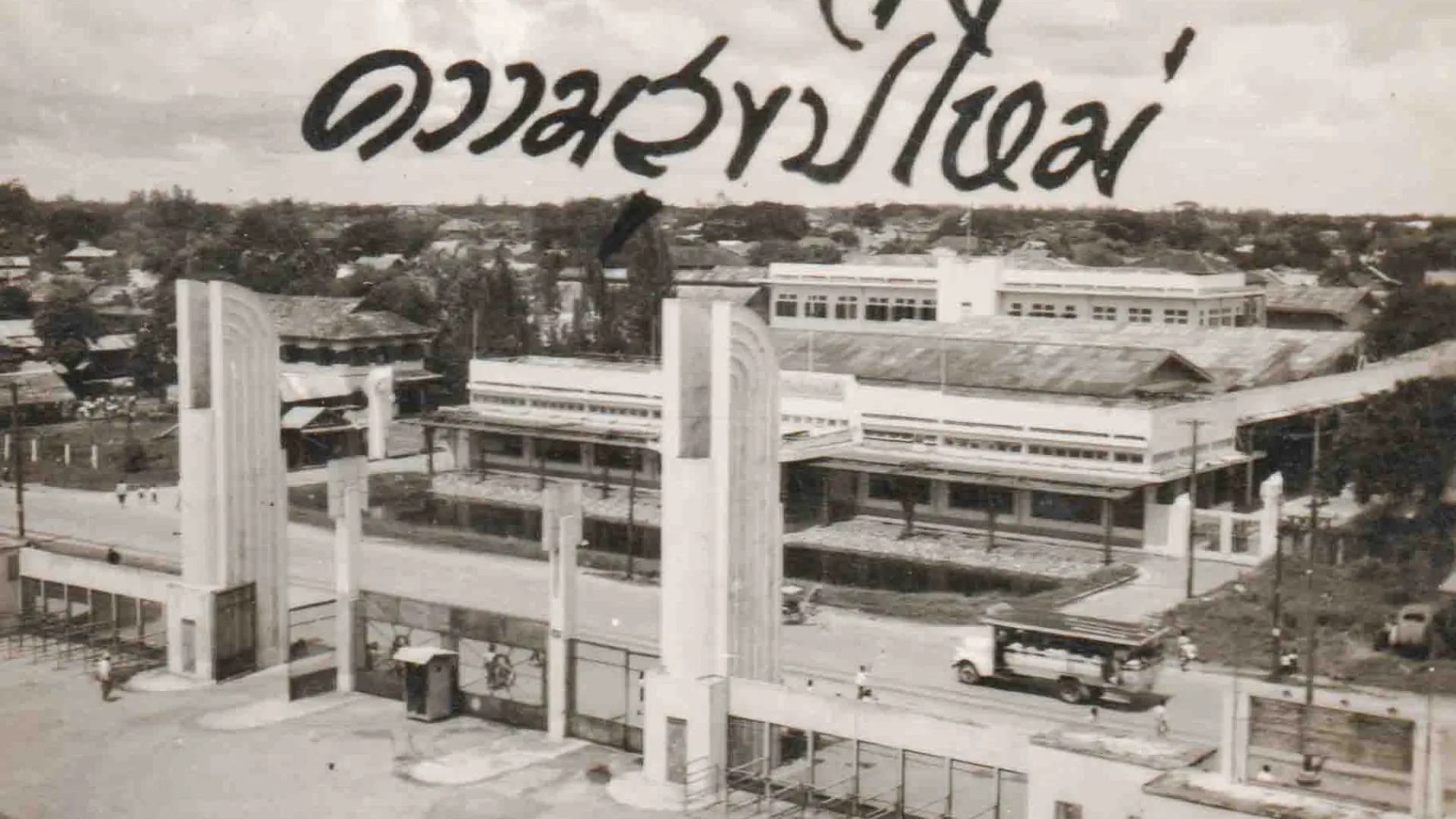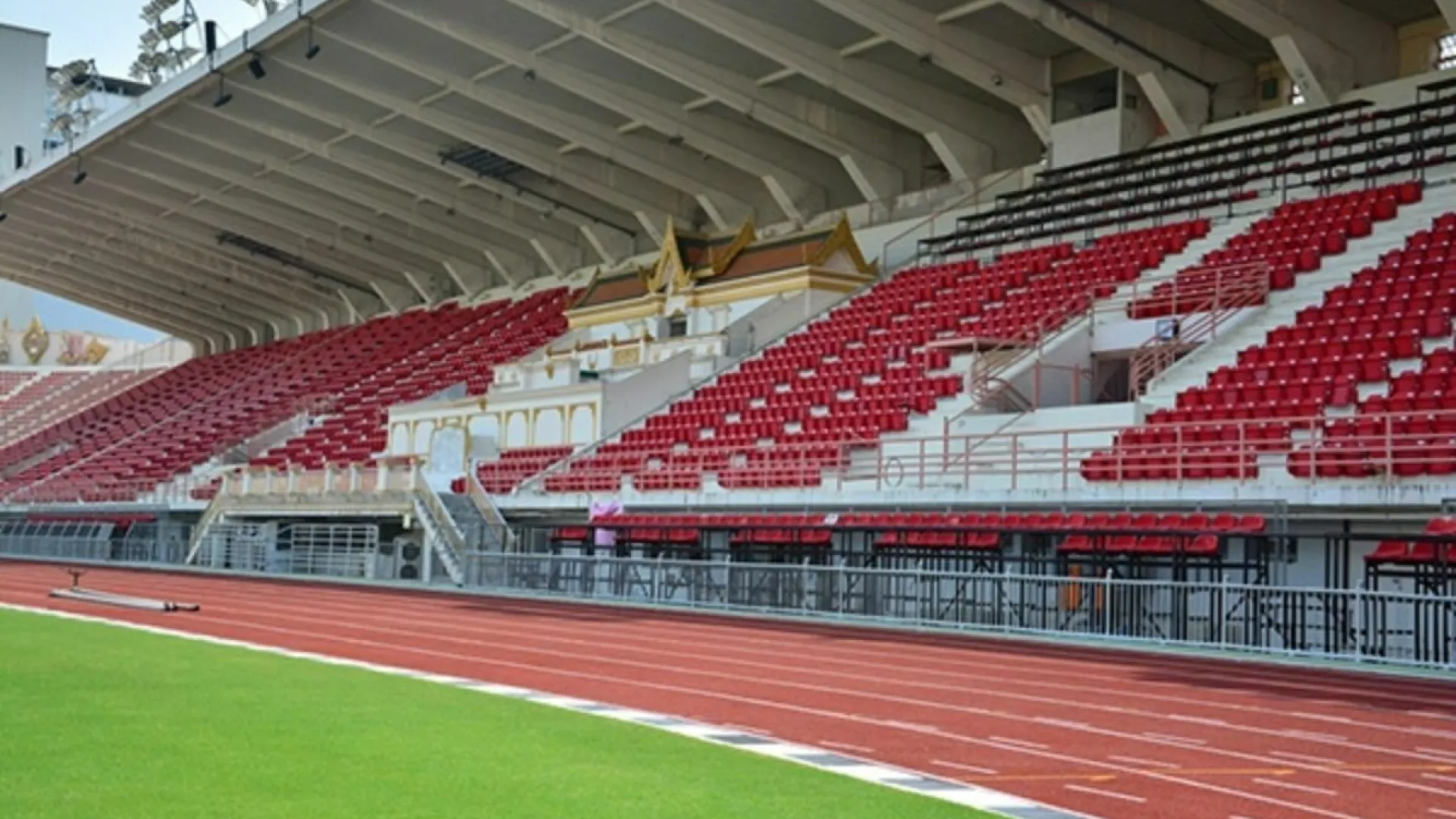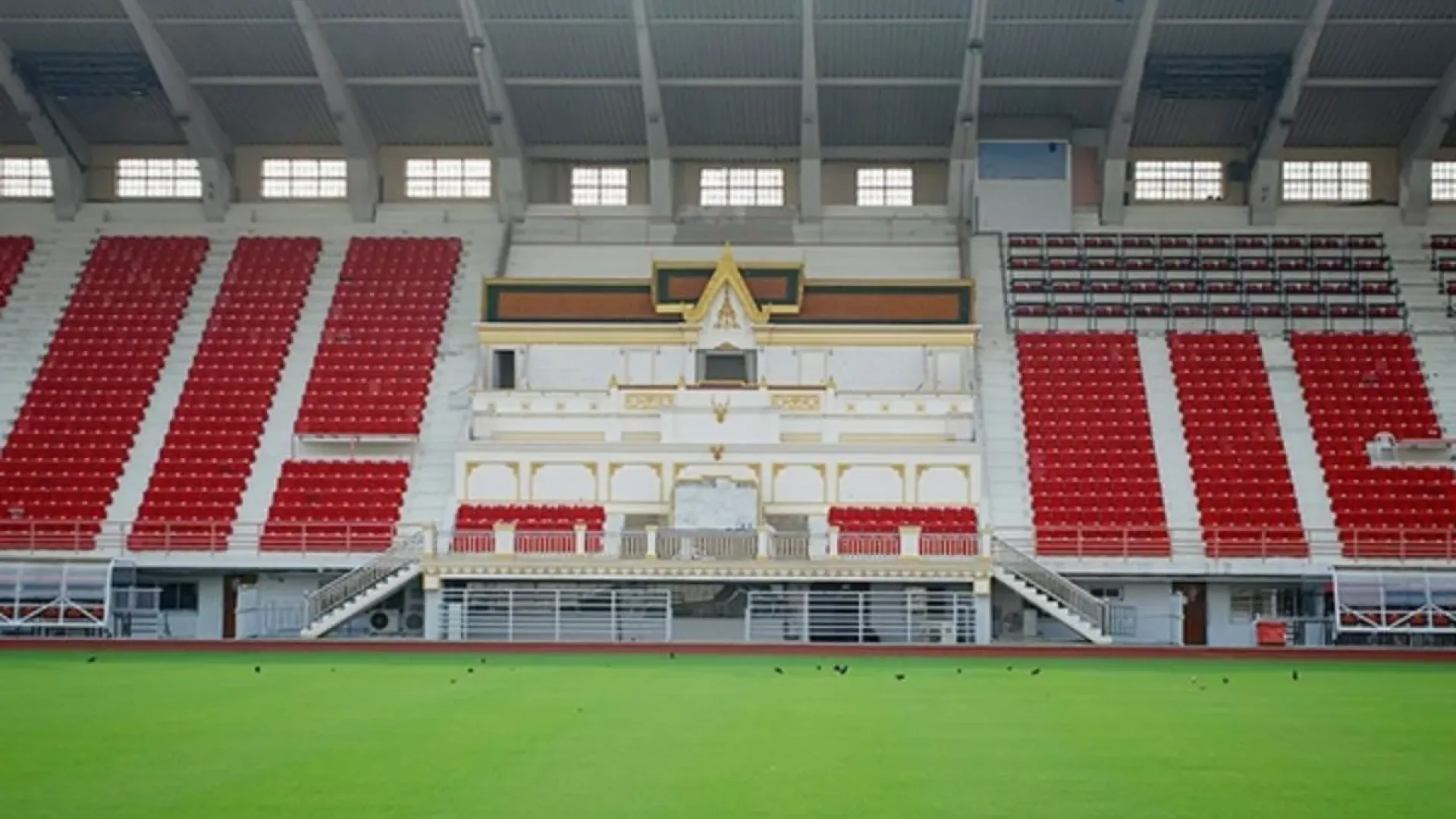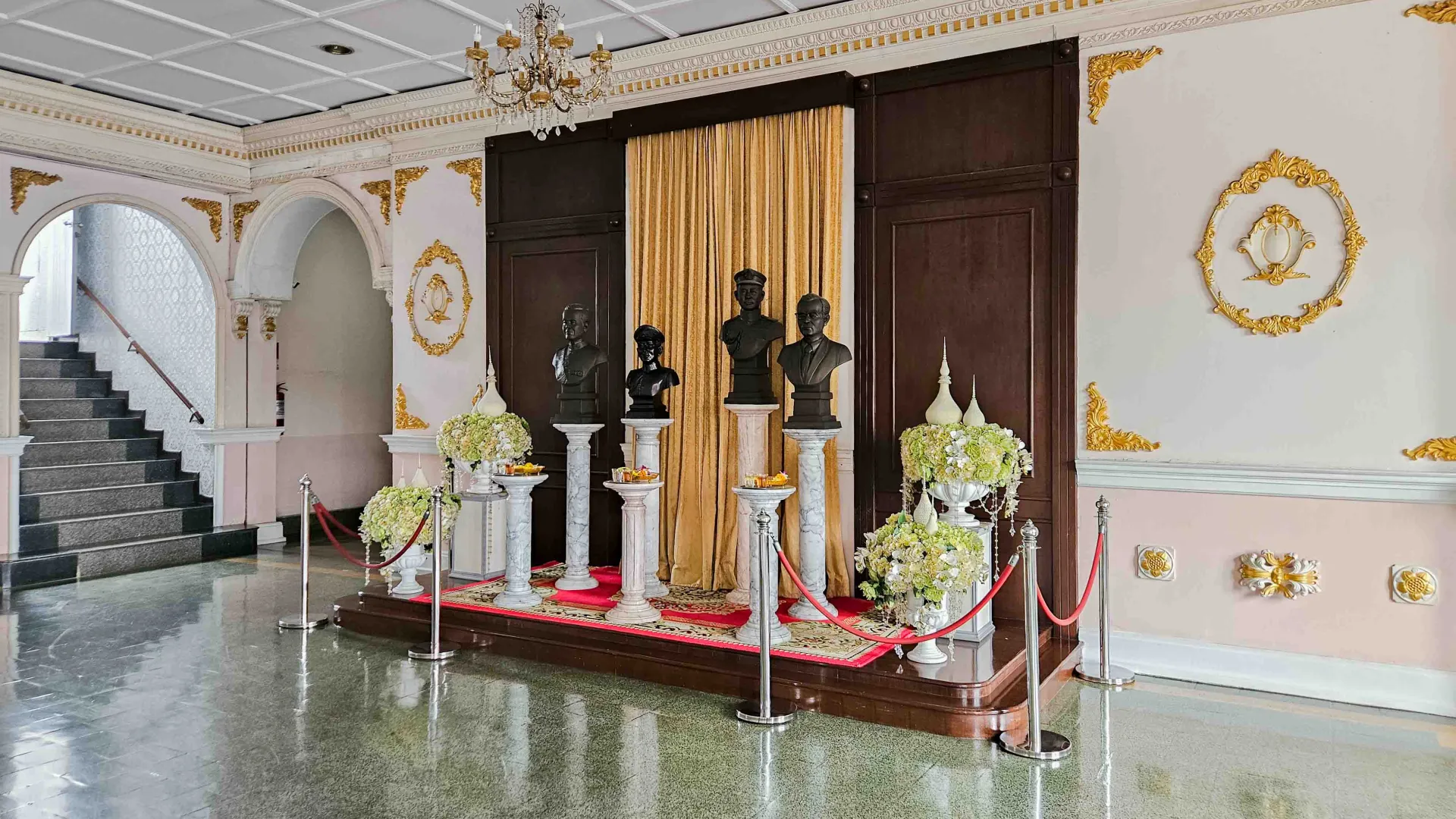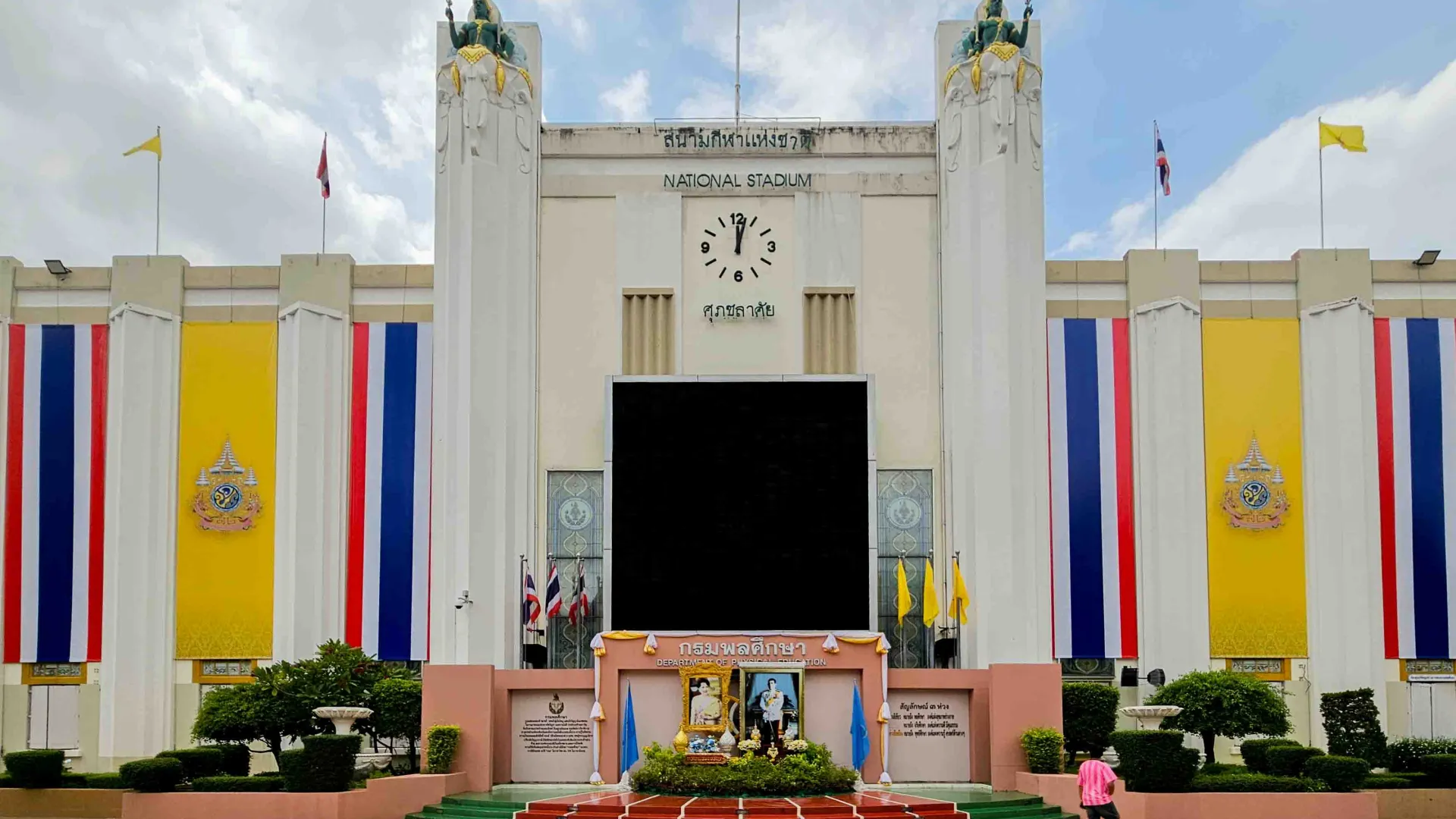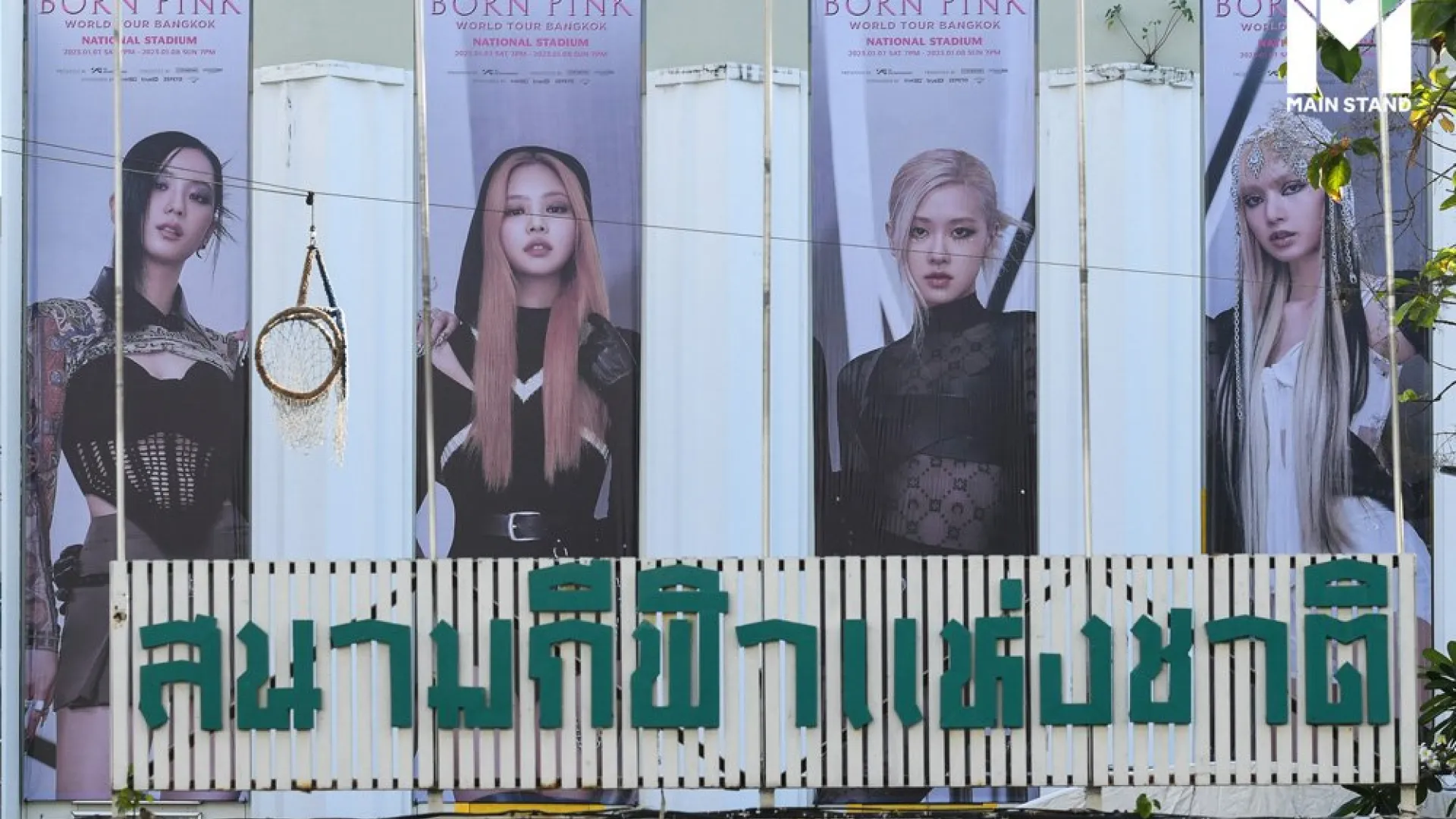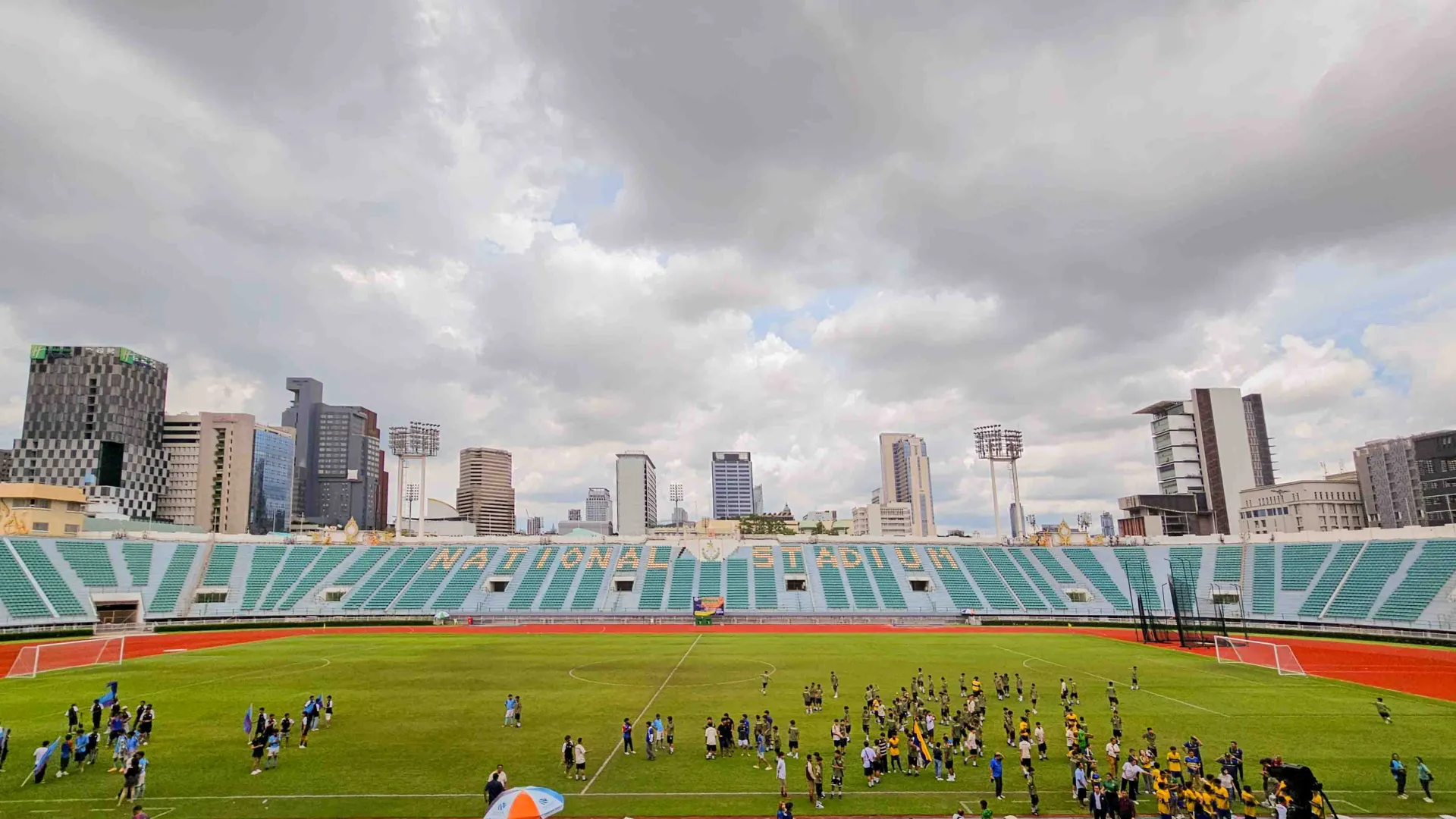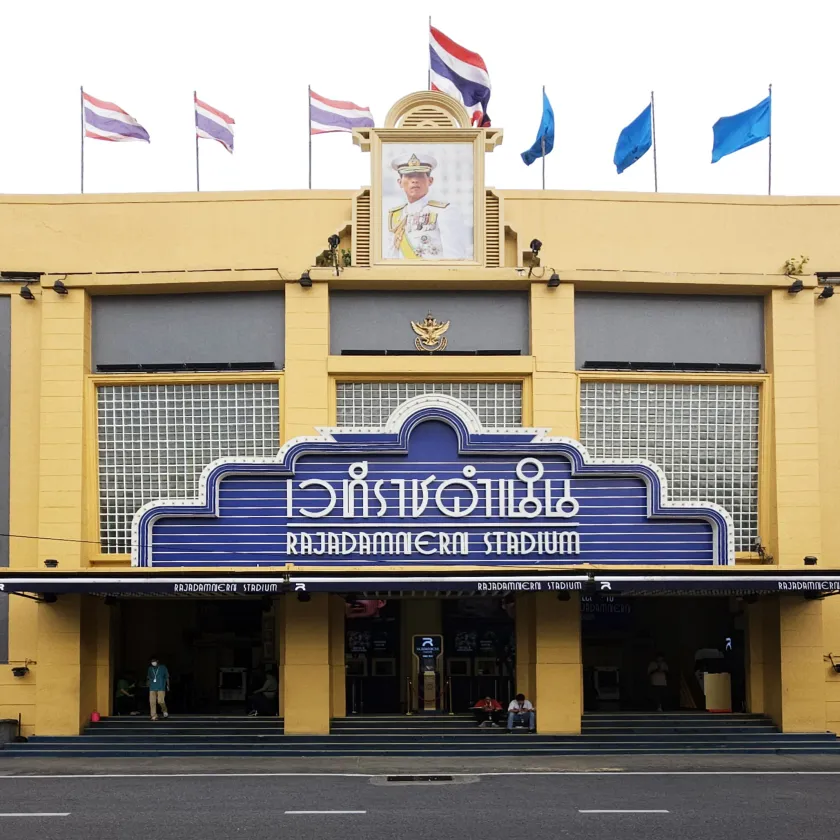Although physical education began to enter modern Thai education since the reign of King Rama V, ordinary people were not its ultimate focus. It can be seen that the sports fields or sports clubs built during that era were mainly limited to use by the upper class. Later, in the late period of the absolute monarchy, the idea of bodybuilding and physical training began to become more of an activity to enhance masculinity in the early 1930s, with the establishment of private gyms or "body management facilities" in 1930. However, the concept of physical education truly reached the majority of the people concretely only after the 1932 revolution, as part of the nationalist ideology of the People's Party. For example, the government of Phraya Phahonphonphayuhasena (1933-1938) had a policy to create a new society through education, including physical education, to develop youth into "citizens in a constitutional system" endowed with morality, intelligence, ideas, and both physical and mental strength. Similarly, the subsequent government of Field Marshal Plaek Phibunsongkhram (1938-1944) emphasized nation-building through the strong and healthy bodies of citizens, through educational curricula, the transmission of values through modern art, as well as the construction of sport stadiums and spaces for exercise.
Two years after the establishment of the Department of Physical Education under the Ministry of Education on December 9, 1933, Captain Luang Supachalasai, the Director-General of the Department of Physical Education, initiated a sports megaproject to help drive the People's Party's agenda: the construction of a "National Athletics Arena." It was the first sports stadium for the people, on the area that was once Windsor Palace (which, technically, never was a palace because its owner Prince Maha Vajirunhis passed away before he could reside there). The area was then under the care of Chulalongkorn University and was used as Horwang School. The construction of the stadium began on February 10, 1937, and was completed in 1941 (although the stadium was first used in 1938 in an annual men's athletics competition). The stadium included a standard-sized grass football field with an outer running track, a 20-tier western grandstand with a cantilevered roof covering the entire length without supporting columns, and another 20-tier grandstand to the north. Outside the stadium, at the top of the left and right pillars of the central portico, there were large high-relief sculptures depicting Phra Phalabodi riding the Airavata elephant, the emblem of the Department of Physical Education, reflecting the modern art of the People's Party era that emphasized the muscles of Phra Phalabodi and of the elephant. The far left and the far right were flanked by two towers, each with its own gate. The eastern gate was called the Elephant Gate, and the western gate was called the Rooster Gate.
This stadium, which Thai people commonly refer to as "Supachalasai Stadium" or "National Stadium," underwent a major renovation in 2008 on its 70th anniversary. The renovation included a front porch decorated with a miniature model of the Grand Palace, and the front of the entrance portico designed to resemble Windsor Palace in the United Kingdom, linking to the palace of Prince Maha Vajirunhis that once stood on the site (royalists have from the start attacked the People's Party for "demolishing a palace to build a stadium"). Similarly, in the following decades, there were attempts by royalists to collect signatures to request changing the name of this stadium to "Prince Maha Vajirunhis Stadium," in line with the trend of renaming places linked to the People's Party in order to reinstate royalist ideas. Currently, the National Stadium (the name has not been changed) has a capacity of 19,793 seats. In addition to being a stadium that has hosted national and international sports competitions according to its function, this venue has also been used for large-scale national events and ceremonies several times, such as the venue for Michael Jackson's Dangerous World Tour concert (1993), the papal mass during the official visit to Thailand by Pope Francis (2019), and most recently, the Blackpink World Tour concert (2023).
